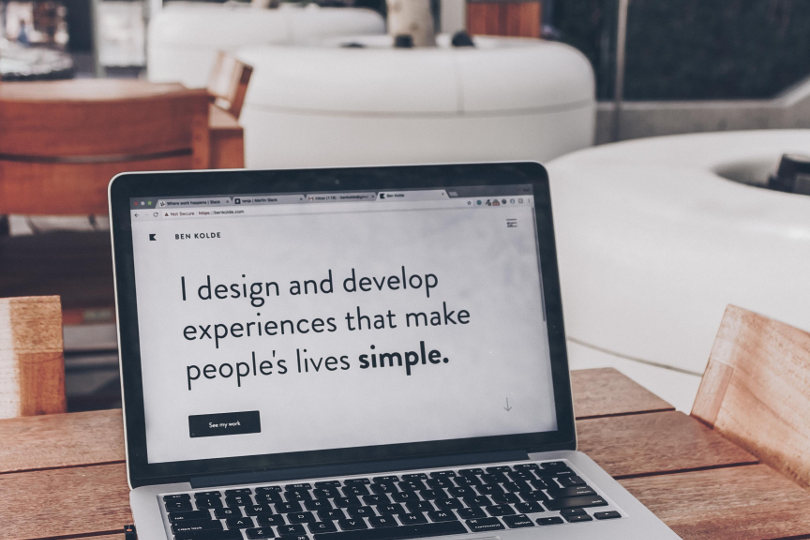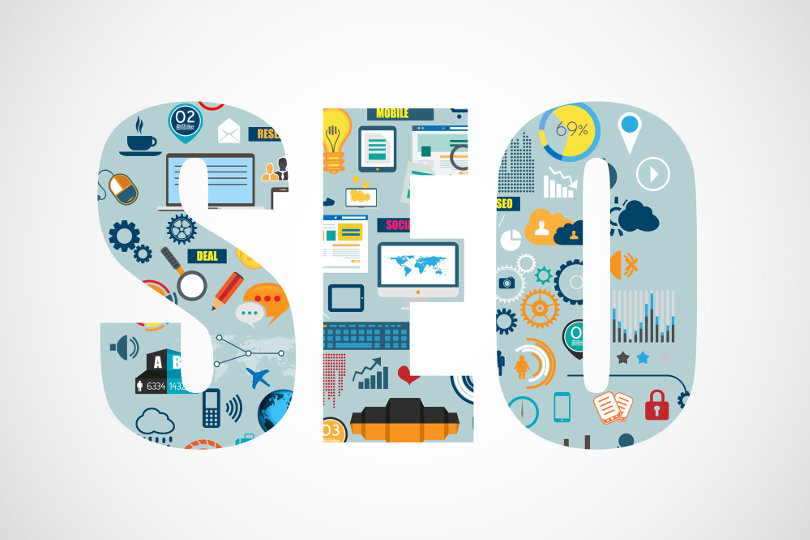With new developments in technology come new ways to waste your money. As most businesses know too well, there is no shortage of companies like Facebook and Google that will gladly accept your money in exchange for advertising exposure.
Where does this money go? Does it generate positive ROI (Return on Investment)? Sometimes yes, sometimes no. Often there is a rather steep learning curve as business owners realize it is much easier than anticipated to funnel money away down the sink with nothing to show for it.

Website, or conversion machine
There is one digital investment that you are far less likely to regret: your website. In times past, a website was largely a digital location — if customers knew your address, they could find you, otherwise, you would remain hidden. Today, search functions have developed to the point where a business website can be located without knowing the actual URL. What this means is that a website is a sales platform with the ability to generate profit simply by existing and being accessible via Google and other search engines.
Internet traffic is a huge, bustling mass of activity, and since the pandemic, even more people use it exclusively for their commercial and leisure needs. With this riot of activity, the task of small to medium-sized businesses in 2021 is to position themselves correctly to convert this traffic into sales and downloads.
Of course, you have to offer a product or service – you can’t take something for nothing (although there is a large industry based on exactly that) – but a large factor determining your success is how you present this product to the consumer. How easy is it to find, how is it described, and what impression does it give the user? All of these things are decided by your website.

Traffic in the digital aisles
A consumer navigating the internet is just like an individual walking through a marketplace. As soon as they enter the forum, pop-up ads call for their attention like beggars, most of which they will ignore. What are they looking for? They may have a clear idea or they may just be browsing. Whatever the case, your website is one stand among thousands in the marketplace, and its design will have a huge impact on how many consumers decide to approach.
How clear is your menu? How much substantial content (generally text) are you presenting? Reports show that users spend more time on pages with more written content, but not on pages with walls of unbroken text — different subsections each with their own point or message.
One difference real market stand owners benefit from is their presence at the stall. They can engage with customers, interact with them and perhaps secure sales that would otherwise have passed by. A user on your site is under no such pressure, nestled as they are within the comfort of their homes (or wherever they happen to be) — so the interaction is purely between user and website. Your site has to ‘speak’ to them, address them in some way.
In other words, it has to be designed around them, to recognize the value of their time and be quick to present something — be it a product, service or piece of unique content.

Those special three letters
Investing in a website isn’t just about having a nice-looking shopfront with a fancy title font and sales pitches. It’s also about SEO (Search Engine Optimization). The cleaner your site’s code, the better-written your content, and the faster the page runs, the higher your market stall will rank, granting you a better position in the marketplace. This means that not only are existing customers enjoying interacting with you, but you are becoming more and more visible to potential new clients. If you have content or designs that are popular, other pages will link to you, and gradually (or quickly) your market stall will have a series of digital channels leading users new and old to your shopfront.
None of this is possible without a good website. Of course, what makes a ‘good website’ is complicated, multi-faceted, and different for each business. Ultimately you need to have something to present to the consumer, you can’t just design an attractive page and expect people to throw money at you — but a website with interesting or unique content and well-advertised products and services can generate huge ROI.
There is no doubt that other forms of digital marketing like Facebook ads are still relevant, but you still need a website for these ads to link to.

Outsourcing
For the coding savants out there, this may be something you can undertake yourself. However, for the vast majority of business owners, website design is something you will have to at least partially outsource. Koreti is one such agency that understands the new opportunities web design presents. CEO Alan Jenkins says, ‘We are not building pretty-looking digital structures. We are building conversion machines that when properly utilized can grow to occupy a strong position in the digital sphere.’
So, as far as business investments go, a website is one of the safest. As is true for all investments, you should take the time to calculate how best to spend the money, but with good direction and planning, you only stand to gain.
Author Bio:
Theo Reilly is an independent writer and multilingual translator whose goal is to counteract stale writing in business blogs. Theo has particular interest in business and marketing-related matters surrounding the online world, web design, exhibitions and events.







